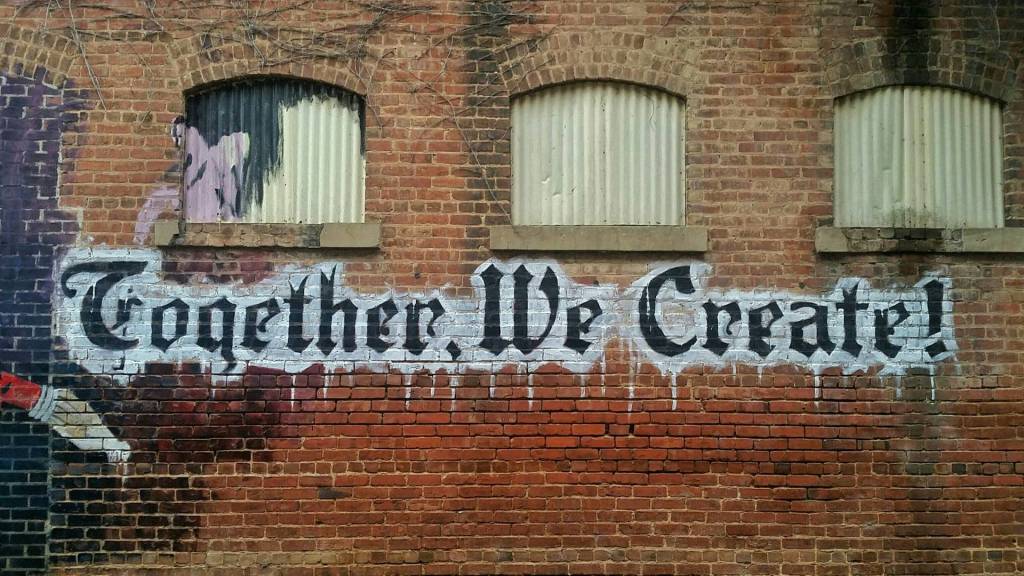In my original analysis of National Public Radio’s Car Talk, I discussed 4 of the 7 essentials of strong and enduring brands described in Patrick Hanlon’s Primal Branding.
For over 25 years, Car Talk – as anyone who drives anywhere within FM radio reception of a public radio station on a Saturday or Sunday knows – has been one of the most popular programs on public radio. Contributions from Car Talk listeners are at the top of the fund-raising list for many public radio stations.
 In my first post, I discussed Car Talk from the perspective of these Primal Code elements that Patrick Hanlon discusses in Primal Branding:
In my first post, I discussed Car Talk from the perspective of these Primal Code elements that Patrick Hanlon discusses in Primal Branding:
- The Creation Story
- The Icons
- The Rituals
- Pagans, or Non-believers
The 3 remaining Primal Code characteristics
Here is how Car Talk’s brand satisfies the remaining 3 elements of Patrick Hanlon’s Primal Code:
- The Leader. One of the most important of PatrickHanlon’s 7 Primal Codes is the importance of a leader whose vision and “voice” play a major role in the brand’s success. In Car Talk’s case, of course, there isn’t a single leader, rather, there are two, Tom and Ray Magliozzi–i.e., “Klick & Klack, The Tappett Brothers.” However, their contributions to each program are so perfectly balanced that, together, they create a unified “leadership voice” for the brand.
- The Creed. As Patrick Hanlon wrote, “Creeds differentiate and motivate.” He continues, “Creeds are simple, concise statements that embody hugely bold ideas.” Car Talk’s creed exists on several levels. On one level, the creed is based on family dynamics and personalities, i.e., brother-versus-brother (“Don’t drive like my brother!) or husband-versus-wife (“So, what does hubby think about this?”) Ultimately, however, beyond the humor, Car Talk’s creed is that cars are fun, even when they break down or cause family tension. Cars, other drivers, car manufacturers, and politicans that regulate cars are unpredictable and frustrating, but–ultimately–our cars are reflections of who we want to be, or how we think of ourselves. Otherwise, why would 4.5 million people tune-in every week?
- The Sacred Words. The Car Talk vocabulary is filled with sacred words that are liberally sprinkled through every show; heap, lousy advice, car-mechanic-with-boat-payment-due, moron, Shameless Commerce Division, beer, our lousy show, my beloved Dodge Dart, saw-you coming, etc. Perhaps the best example of sacred words are Show Credits read at the end of every show. A glance at Car Talk’s Show Credits reveals a richness far beyond the name of their law firm, Dewey, Cheatem, & Howe.
When you apply the 7 Primal Code elements to your favorite brands, as described below, you’ll notice that the “fit” between individual brand elements and the way they are used in various brands will differ slightly from brand to brand.
How to put Primal Branding to work
Start by asking yourself, What are my favorite brands? Think about the authors, movies, TV programs, restaurants, cars, travel destinations, airlines, or brands of consumer electronics.
Then, analyze your favorite brands from the perspective of the 7 Primal Codes outlined in Patrick Hanlon’s Primal Branding. I encourage you to create a simple worksheet listing the 7 Primal Code attributes, plus space to indicate how effectively each brand either uses, or fail to use, each of the 7 Code elements. The more you analyze your favorite brands, the better-equipped you’ll be to create your own strong and enduring personal brand. After you’ve filled out several worksheets, share your conclusions as comments, below!
Author:
Roger C. Parker shares ideas for planning, writing, promoting, & profiting from brand building books in his daily writing tips blog. His latest book, #BOOK TITLE Tweet: 140 Bite-Sized Ideas for Compelling Article, Book, & Event Titles, offers step-by-step ideas, tips, and examples for choosing the right title.













